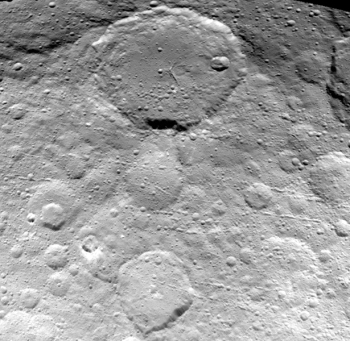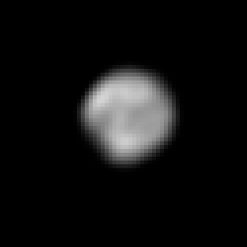Another major image release from Rosetta
Time for many cool images! The Rosetta science team has just released to the public another batch of images from its navigational camera.
The 1776 images cover the period between 23 September and 21 November 2014, corresponding to Rosetta’s close study of the comet down to distances of just 10 km from the comet centre – 8 km from the surface – and the images taken during and immediately following the landing of Philae on the comet.
You can browse through them at your leisure, making your own discoveries if you have a sharp eye and know something about planetary geology.
Time for many cool images! The Rosetta science team has just released to the public another batch of images from its navigational camera.
The 1776 images cover the period between 23 September and 21 November 2014, corresponding to Rosetta’s close study of the comet down to distances of just 10 km from the comet centre – 8 km from the surface – and the images taken during and immediately following the landing of Philae on the comet.
You can browse through them at your leisure, making your own discoveries if you have a sharp eye and know something about planetary geology.


